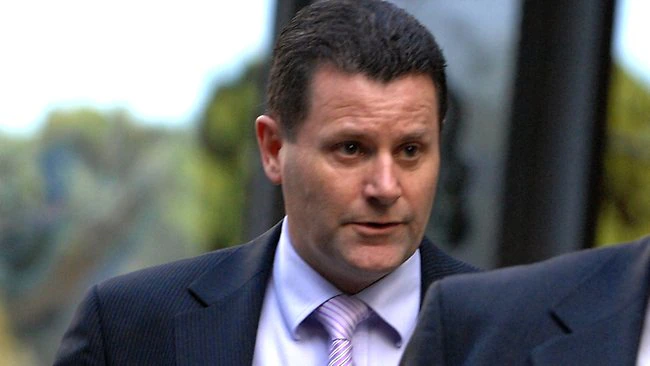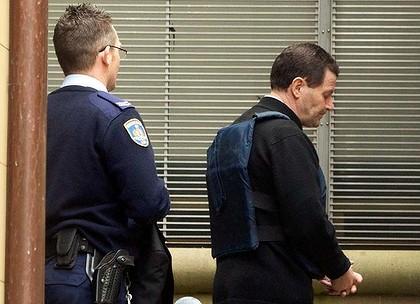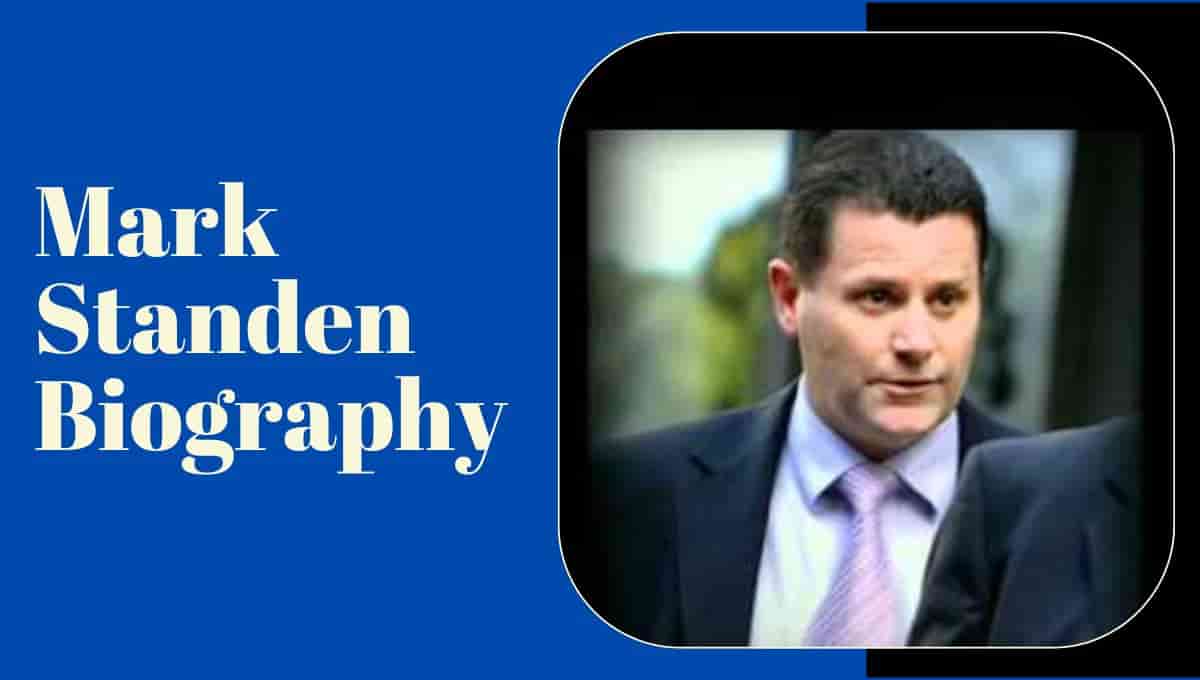Mark Standen Wikipedia, Wiki, Wife, Documentary, Date of birth, Age
Mark Standen Wikipedia, Wiki, Wife, Documentary, Date of birth, Age – Mark Standen’s life took unexpected turns from his childhood dreams of becoming a Royal Australian Air Force (RAAF) pilot. Instead of flying planes, he found himself entangled in the world of Dutch drug cartels, large-scale drug manufacturing, and millions of dollars in cash. This is the story of Mark Standen, who started as a young schoolboy with big dreams and ended up as a controversial figure in Australian law enforcement.

Mark Standen Early Life and Aspirations
Mark Standen’s early life was like that of many young boys with dreams of adventure. He attended St. Patrick’s School and enjoyed activities like jet skiing and scuba diving along the beautiful coast of Bateau Bay on the New South Wales (NSW) central coast. His initial dream was to become an RAAF pilot, soaring through the skies with the Royal Australian Air Force.
Mark Standen Entering Public Service
Despite his dreams of becoming a pilot, Standen took a different path. In 1975, he joined the Australian Customs Service, which was later renamed the Federal Bureau of Narcotics. This marked the beginning of his career in law enforcement. He later worked with the National Crime Authority and the Australian Federal Police (AFP).
In 1993, Standen applied for a position at the Australian Crime Commission, but there was a twist to this part of his life story. He cashed in his superannuation to pay off significant gambling debts before joining the organization.
In 1996, he was accepted for a transfer to the NSW Crime Commission (NSWCC), where he rose to become the organization’s chief investigator and assistant director. This position was one of the most powerful in Australian law enforcement.
A Crime Fighter with Controversies
As a law enforcement officer, Standen was credited with leading several multimillion-dollar drug busts, which resulted in the capture of Australian drug importers. He also maintained a network of informants, some of whom he closely associated with over many years.
However, Standen’s career was marred by early controversies. In 1982, during the Stewart Royal Commission, he was exposed as one of two agents at the Federal Bureau of Narcotics who illegally disposed of drugs found during a search by flushing them down a toilet to avoid paperwork. While he faced internal sanctions for this misconduct, it did not lead to more serious consequences like termination or criminal charges.

In 2003, he faced allegations of witness tampering when it was reported that he threatened a witness, leading the witness to decline to give evidence in the trial of an international drug lord and money launderer. One of Standen’s informants also claimed that a similar threat was made against his children.
Anecdotal evidence suggests that Standen may have been involved in obtaining bribes illegally over the years. Despite these controversies, he was still considered an exceptional crime fighter, particularly in the realm of drug importation.
Targeting Adversaries
Throughout his career, it’s believed that Standen was determined to seek reprisals against law enforcement officials who criticized or opposed him. This included members of the Special Crime and Internal Affairs Command Unit (SCIA). His position of power allowed him to do this with little oversight or accountability.
One of the individuals who fell victim to this alleged targeting was former deputy NSW police commissioner Naguib (Nick) Kaldas. More than 100 NSW police officials, including their families, were subjected to surveillance and phone tapping. This surveillance was based on the Mascot taskforce set up in 1999 to investigate police corruption in NSW.
Professor Kaldas, who was the head of the NSW homicide squad at the time, claimed that Standen led a team, including Detective Inspector Catherine Burn, which sought to settle old scores and engage in corrupt activities. Kaldas stated that this was likely retaliation for his role as a police union representative and his political enemies. He also had a serious disagreement with a senior SCIA officer, Superintendent John Dolan.
Secret documents from the NSWCC revealed that the main informant, known only as M5, confessed to senior SCIA officers, including Standen, that he had given false information in court to obtain warrants. Perhaps Standen saw this as an opportunity to eliminate those who suspected him and his corrupt colleagues.
The ombudsman-led Operation Prospect recommended that the NSWCC apologize to the targets of Operation Mascot and destroy recordings. Operation Mascot, which had led to extensive surveillance, was terminated in 2003.
A parliamentary upper house inquiry also called for an apology from the NSW government to Professor Kaldas, who had been subjected to 80 warrants, along with his family. It also recommended apologies for all those who were inappropriately treated.
The Drug Importation Scheme
One of the key aspects of Mark Standen’s story is his involvement in a drug importation scheme. The following pictures illustrate how drug shipments reached Australia from the Netherlands, leading to the arrest of a key figure in the Dutch drug cartel.
Mark Standen’s life journey took him from dreams of becoming an RAAF pilot to a position of significant power in Australian law enforcement. Along the way, he faced controversies, allegations of corruption, and involvement in high-profile drug busts. His story serves as a reminder of the complexities and challenges that can arise in the world of crime fighting and law enforcement.

What was Mark Standen’s childhood dream?
Mark Standen initially aspired to become a Royal Australian Air Force (RAAF) pilot during his school days.
How did Mark Standen get involved in law enforcement?
He began his career in law enforcement by joining the Australian Customs Service in 1975, which was later renamed the Federal Bureau of Narcotics. He subsequently worked with the National Crime Authority and the Australian Federal Police (AFP).
What position did Mark Standen hold at the NSW Crime Commission (NSWCC)?
Mark Standen became the chief investigator and assistant director of the NSW Crime Commission, one of the most powerful positions in Australian law enforcement.
Read More Bio








